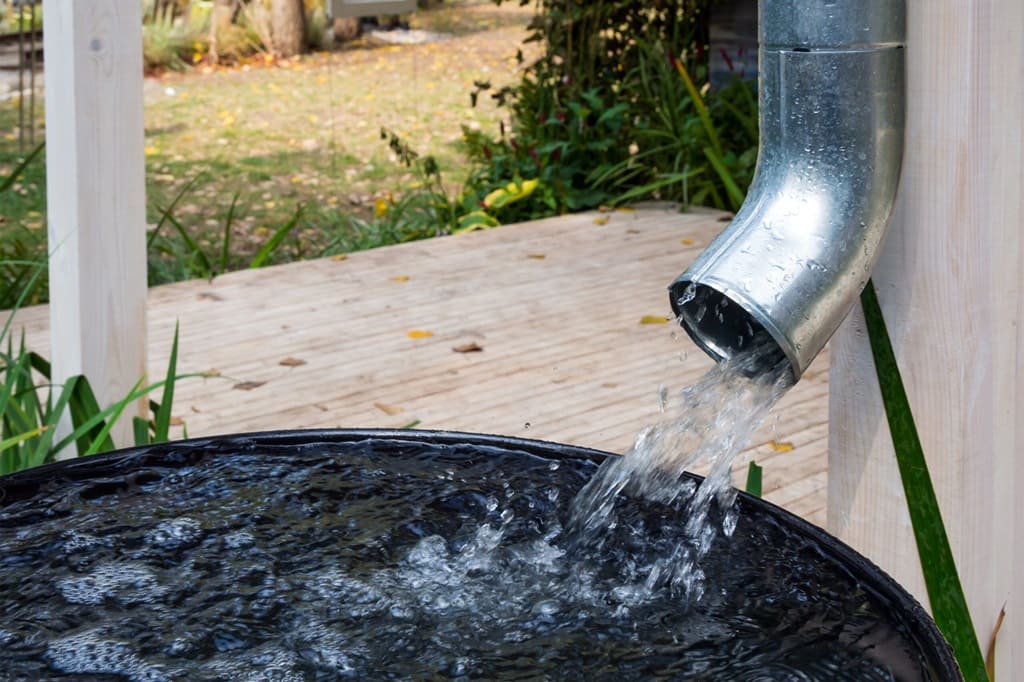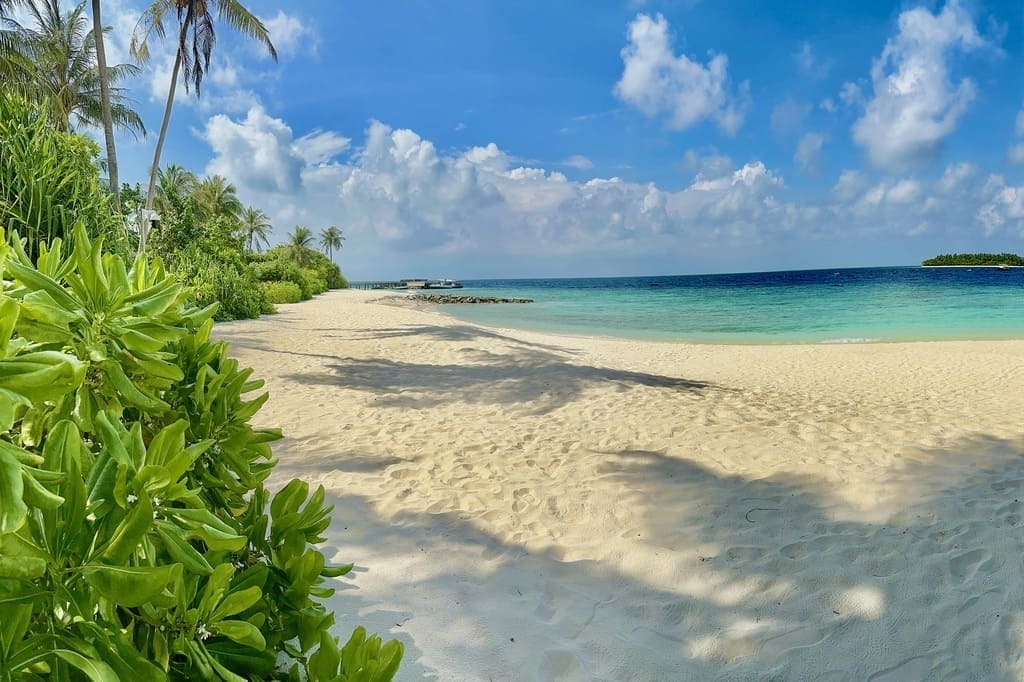During recent travels, I noticed that islands used different methods to obtain fresh water. In the Maldives, many islands had reverse osmosis plants to purify seawater. In Santorini, water was trucked up the hills to neighborhoods and deposited in large underground containers, and then pumped to nearby homes, businesses and hotels for use. However, imported plastic bottles were pervasive. There are pros and cons to all methods, but let’s explore a few of the most prevalent ways of obtaining fresh drinking water on an island: through rainwater harvesting, importing water, and desalinating seawater through reverse osmosis.
Rainwater harvesting is the most sustainable method because as the name implies, it entails simply saving rainwater. Rainwater harvesting is typically done at a small scale and there is little control over supply. Many islands have rainy seasons and dry seasons, leading to potential fresh water shortages in the dry months and necessitating the need for supplemental fresh water. Rainwater is typically harvested by collecting rainwater off of surfaces such as roofs through a gutter system leading to rain barrels or storage tanks. The water is then filtered before being used for domestic purposes. When planning to harvest rainwater, it’s important to understand typical precipitation amounts. That will enable you to calculate the approximate amount of rainwater that can be collected and compare it to anticipated water needs. Then it can be determined whether a supplemental water source is required. Rainwater harvesting is typically performed rooftop-by-rooftop – each household would have its own storage tank. Rainwater harvesting can be supplemental to groundwater sources such as wells, but groundwater levels often fluctuate depending on the season, so that may not be reliable year-round either. A more reliable option like importing water may be required.

Importing water from the mainland often means shipping potable water to islands in large water tankers and shipping plastic bottles of water for drinking. Many islands choose importing water as their solution because that’s how they’ve always done it. It is a fairly reliable method, but has a large environmental impact from the fuel used in transporting the water, and is increasingly frowned upon with the rise in ocean plastics.
However, creative innovation has made it possible to build water pipes between the mainland and nearby islands. For countries that are able to bear the upfront cost of constructing an underwater pipe, this climate-friendly solution would reduce emissions and plastic waste in the long run. Greece built a ~9 mile potable water line connecting the island of Aegina to Salamina, which sources its water from the Greek mainland. The project was funded by the regional government and cost ~23.8 million euros. Aegina is home to ~13,000 inhabitants (more during the vacation months) and the pipeline project eliminated the need for bringing in up to 5 tanker ships daily to supply water. Though costly, this infrastructure project made sense financially because of Aegina’s close proximity to the mainland and its large demand for water due to a high population, tourism, and farming on the island.
Reverse osmosis plants, which desalinate water, are frequently installed on islands. Commercial plants can cost tens of thousands of dollars on the low end and can significantly scale up in cost depending on plant capacity. The reverse osmosis purification process works by pressurizing seawater and pushing it through a water-permeable membrane. This separates unwanted molecules, contaminants and ions, such as salts, creating a low-salinity product water. The product water is then made ready for drinking through a pH adjustment and degasification process. As reverse osmosis technology has improved over the years, costs for the equipment have decreased, maintenance has become easier, and the systems have become more efficient. On the downside, reverse osmosis creates concentrated wastewater called brine that includes high quantities of salt and other contaminants, which can affect ecosystems if dumped in large quantities in a single area. Therefore, it’s typically not the best solution if serving large populations. Additionally, plants can be quite energy-intensive to run.
Though there are many approaches to obtain fresh drinking water on islands, each method has its challenges. A solution that incorporates multiple methods is often best to ensure reliability while reducing environmental impact. As a vacationer, you likely do not have a choice about where water comes from when you travel, so what can you do? Quite simply, strive to reduce dependence on plastic bottles by packing a water bottle purifier or LifeStraw in your luggage. You might even save a couple bucks from not needing to purchase water – it’s an environmental and financial win-win!
Keywords: #water #vacation #solutions
